Duluth, GA 30097
United States
Barco
Model: FS70-4K4


Human Factors: at the bottom line of any corporation
At the other end of the spectrum are human factors. This area deals with the way humans work and the optimal adaptation of their work environment to include multiple computer systems, keyboards, and mice (see Figure 2). There are many studies that attest to how improving human factors yields excellent results, such as increased accuracy in performing tasks, increased attention span, less fatigue, reduced injuries, and higher overall job satisfaction.
The primary aim of advances in HMI development has been to optimize machines to facilitate more efficient human interaction with them. Here, we will discuss how human factors differ from HMI, human factor issues and current attempts to address them, and revolutionary technology that is specifically designed to close the gap between HMI and HF issues.
However there is still one component missing from the HMI that prevents us from achieving even greater human factor success. We’ll delve into this more later.
Some say the evolution of the computer dates back to 1801. In France, Joseph Marie Jacquard invented a loom that used punched wooden cards to automatically weave fabric designs. This must have been the first HMI ever constructed. Human factors were not really considered in the process – as they seldom were in the early 19th century industrial settings. But the technology leaps to come would change that.
This translates into improvements in accuracy in performing tasks, increased attention span, lower fatigue, reduced injuries, and higher overall job satisfaction.
Figure 2 - Example of Human Factors Evaluation
Figure 3 - Early User Workstation
Remember when things really went wrong…
Today when you visit a control center you see a plethora of keyboards, mice, monitors, and computers as exhibited in Figure 4. This occurred due to the introduction of large-scale integrated circuits that helped usher in the mass production of high-performance, low-cost computer systems. There was also a boom in application software that brought significant value to the users, encouraging the purchase of more computer systems. The HMI was highly developed for each specific software application. Console manufacturers were ecstatic to provide larger work surfaces to hold all the equipment.
Figure 4 - Today's User Environment
Can you begin to see the growing dilemma between HMI and HF? Take a look at Figure 5. I call this situation the “non-convergence of HMI and HF.” The unfortunate operator has five keyboards and mice to shift between in order to do their job! You can tell by the wear on the carpet there is a lot of rolling around among the eight monitors to see the important information being displayed or to just simply interact with each computer system. If you look back at Figure 4, you will see a similar issue.
Clearly, solution to this growing non-convergence needed to be a top priority. It would need to bridge the gap between traditional HMI techniques and traditional HF considerations. Back in the 1990s, vendors tried to use technology deployed in the company’s main computer rooms to solve the non-convergence problem.
Figure 5 - The Non-Convergence of HMI and HF
Today when you visit a control center, you see a plethora of keyboards, mice, monitors, and computers.
The rise and fall of emulation solutions
During the evolution of the operator’s workspace, the non-convergence of HMI and HF problem continued to grow with multiple attempts at solutions. While each approach addressed a specific issue in the non-convergence of HMI and HF, a utopic solution was never achieved. Figure 6 summarizes the more popular approach that was used in the late 1990s and is still used today.
With the advent of emulation software, companies attempted to combine all the different server applications onto one PC. White it required significant effort, it greatly closed the non-convergence gap between HMI and HF, but only for a short time. Application vendors did not support the emulation approach since it violated their manufacturers’ warranties and support contracts. And, ultimately, compliance standards were released and drove the final stake into the emulation solution.
Finally converging HMI and HF
With the disappearance of emulation software, the industry seemed to lose interest in the non-convergence of HMI and HF. However, fortunately this was not the case for Barco. We invested in R&S to develop a solution to bridge the gap. Barco calls this solution OpSpace. It retains all the benefits of emulation software, while avoiding the modification of application software (and the potential support and warranty issues) mentioned earlier.

Create Spaces
623 S Americana Blvd, Boise, ID 83702
Boise, ID 83702
USA
2083850507
https://createspaces.com/






